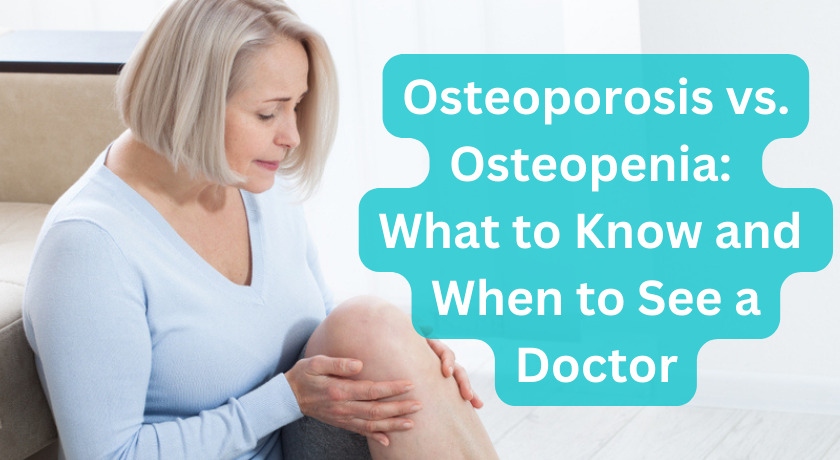Bone mineral density (BMD) declines as we age. BMD measures how much of the necessary minerals – like calcium and phosphorus – is present in someone’s bones. By a certain age, usually in the 20s for men and 30s for women, everyone should reach their peak bone mass, or the amount of bone one should have by that time. Inevitably, just like climbing a mountain to reach the peak, the only way to go from there is down, which is exactly what happens to bone mass and BMD after you hit that peak.
Although this decline happens for everyone, for some people it either happens more rapidly, or the proper peak never occurred. This is when osteopenia may be a factor.
Differing from, but connected to osteoporosis, osteopenia is when someone’s bone density is not at the level it should be for someone their age, according to Dr. Jessica Rachel Starr, an endocrinologist for the Hospital for Special Surgery (HSS), and thus not as strong as they should be. Once the BMD drops below a certain level, then it’s classified as osteoporosis, where you are more prone to bone fractures.
The way the Harvard Medical School puts it, “If you think of bone mineral density as a slope, normal would be at the top and osteoporosis at the bottom. Osteopenia, which affects about half of Americans over age 50, would fall somewhere in between.”
These conditions can happen for a number of reasons. One, that is hard to prevent, is genetics. If one is born into an ancestral history of osteoporosis, then the likelihood of them suffering the same condition grows, just as it would for many other illnesses and conditions.
Reasons that are more preventable, as provided by Dr. Starr includes diet, exercise, and even digestive and stomach-related conditions, like celiac disease, that might affect the body’s ability and effectiveness to properly absorb necessary bone minerals like calcium.
So, early ways to help prevent yourself from having osteopenia, or progressing to osteoporosis include being mindful of your diet. Dr. Starr suggests including foods like “dark, leafy greens, fish and dairy products,” that are rich in calcium in your diet, as well as vitamin D supplements.
As for physical fitness, Starr recommends that you try weight-bearing exercises (exercises that involve you being on your feet like running or hiking) so that you can strengthen the bones that you’ll want to be using the rest of your life, while also being the bones that are more prone to fractures with osteoporosis.
“The point is to expose your bones to more stress than they would be under during daily activities like walking, driving or going about your usual routine.”
Excessive smoking and drinking can affect your long term BMD levels, as well.
Even if the genetics are against you, or you’re a woman (who are more likely than men to be diagnosed) and you think you could be more prone to osteoporosis, Harvard Medical Schools suggests you don’t get tested until you’re of the age when it is most likely a concern. The National Osteoporosis Foundation recommends the following guidelines for testing BMD levels:
- women 65 and older
- postmenopausal women younger than 65 who have one or more risk factors, which include being thin
- postmenopausal women who have had a fracture
Harvard adds that men are more on a case to case basis for testing.
Testing involves a simple low-energy X-ray that looks for calcium levels within bones. It’s usually done on the spine, hips, and wrists. Dr. Starr adds, “Bone density testing at HSS can also tell us about bone quality and help assess how advanced a person’s osteopenia really is.”
If it’s too late and you are officially diagnosed, no need to worry, the treatments for the condition are similar to that of the prevention methods. Exercising and putting more calcium and vitamin D into your diet can help strengthen your bones even after being diagnosed with osteoporosis. Physical therapy can also be useful.
Although some medication may help, it’s recommended that you only take vitamin D supplements in place of things like steroids, because little is known of the medication’s effectiveness.
Sources:
https://www.hss.edu/article_what-is-osteopenia.asp
https://www.medicalnewstoday.com/articles/osteopenia-vs-osteoporosis#causes-and-risk-factors



